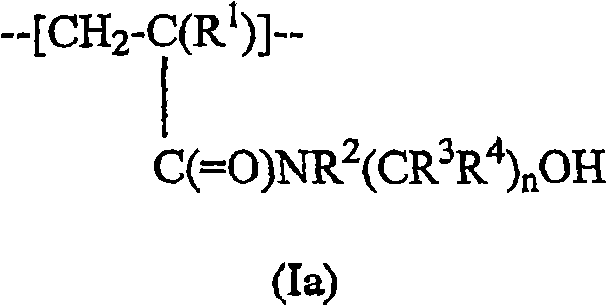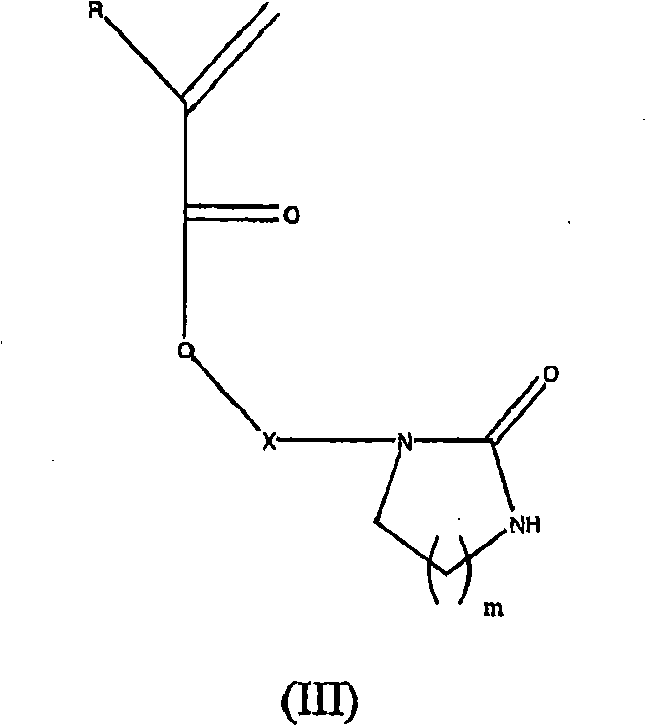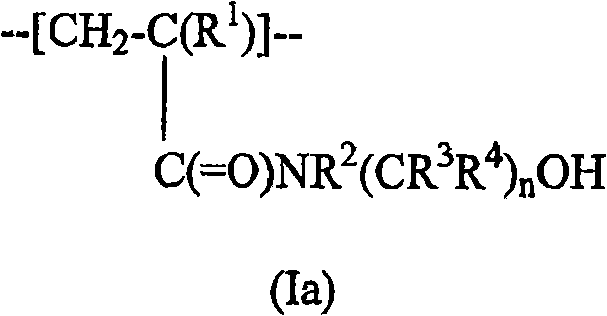Multilayer imageable element with improved chemical resistance
A technology of imaging components and components, which is applied to the formation of conductive patterns, the application of radioactive source radiation, temperature recording methods, etc., to achieve the effect of improving the printing resistance
- Summary
- Abstract
- Description
- Claims
- Application Information
AI Technical Summary
Problems solved by technology
Method used
Image
Examples
preparation example Construction
[0119] Preparation of Imageable Elements
[0120] The imageable element can be formed by sequentially applying the inner layer formulation to the substrate surface (and providing any other hydrophilic layers thereon) and then applying the outer layer formulation to the inner layer using conventional coating or lamination methods. preparation. It is very important to avoid mixing the inner and outer formulations.
[0121] The inner and outer layers can be coated by dispersing or dissolving the desired ingredients in a suitable coating solution, and then applying the resulting formulation onto the substrate sequentially or simultaneously, using any suitable equipment or method, Examples include hang coater, knife coater, gravure coater, die coater, slot coater, rod coater, wire rod coater, roll coater, or extruder hopper coater cloth. The formulations can also be applied by spraying onto a suitable support such as an in-print printing cylinder.
[0122] The choice of solvent...
Embodiment 1 and comparative example 1-4
[0197] A coating solution of 1,3-dioxolane:PGME:γ-butyrolactone:water (65:15:10:10 by weight) containing the ingredients described in Table I below was applied to the on substrate A. The resulting polymer layer was dried at 135°C for 30 seconds. The coating thickness of each obtained polymer layer was 1.5 g / m 2 .
[0198]
[0199] Dried samples were subjected to the following tests:
[0200] Developer Solubility: Apply a few drops of 956 Developer at 2 second intervals for up to 30 seconds to the dry polymer layer and wash off immediately with water. The time for complete dissolution of the polymer layer was recorded.
[0201] Resistance to UV Ink Cleaner: A few drops of diacetone alcohol / water (4:1) were applied to each dried polymer layer at 1 minute intervals for up to 5 minutes and washed off immediately with water. The amount of polymer layer remaining was estimated after 5 minutes.
[0202] Resistance to alcohol-sub (alcohol-sub) fountain solution: several drops...
Embodiment 2 and comparative example 5
[0215] A coating formulation containing the components described in Table V below was formulated, coated on Substrate A, and dried as described in Inventive Example 1. The coating weight of the resulting polymer layer was 1.5 g / m 2 . The dried polymer layer was evaluated using the same test described above in Inventive Example 1 and the results are shown in Table VI below.
[0216]
[0217] The top layer formulation (diethyl ketone) described in Table VII below was coated on the above dried polymer layer by wire wound rod. The formulation concentration is selected to provide a coating weight of 0.7g / m 2 dry film. The top coat was dried at 135°C for 30 seconds.
[0218] Table VII
[0219]
[0220] The resulting imageable elements were evaluated using the same test described above in Inventive Example 1 and the results are shown in Table VIII below.
[0221] Table VIII
[0222]
PUM
| Property | Measurement | Unit |
|---|---|---|
| wavelength | aaaaa | aaaaa |
Abstract
Description
Claims
Application Information
 Login to View More
Login to View More - R&D
- Intellectual Property
- Life Sciences
- Materials
- Tech Scout
- Unparalleled Data Quality
- Higher Quality Content
- 60% Fewer Hallucinations
Browse by: Latest US Patents, China's latest patents, Technical Efficacy Thesaurus, Application Domain, Technology Topic, Popular Technical Reports.
© 2025 PatSnap. All rights reserved.Legal|Privacy policy|Modern Slavery Act Transparency Statement|Sitemap|About US| Contact US: help@patsnap.com



